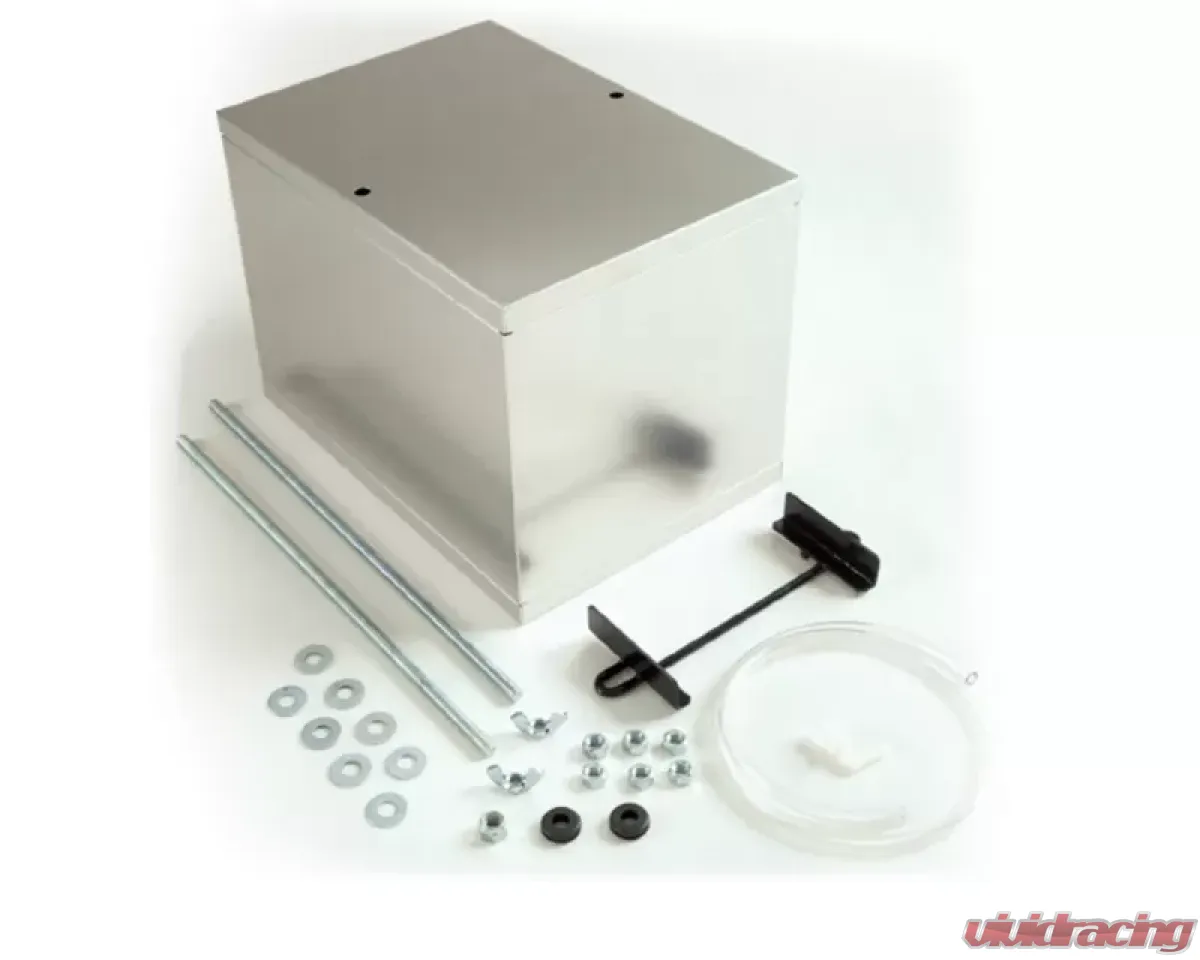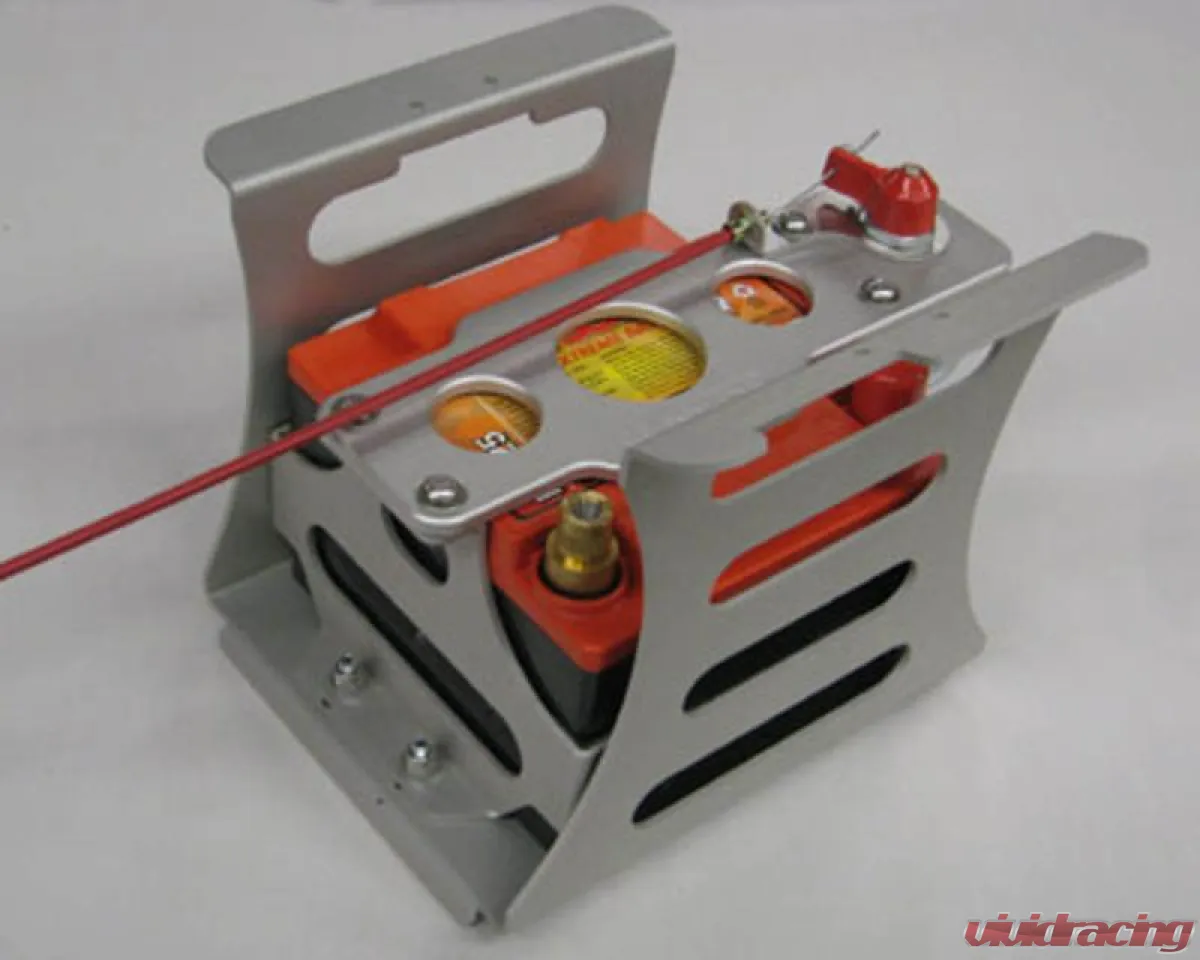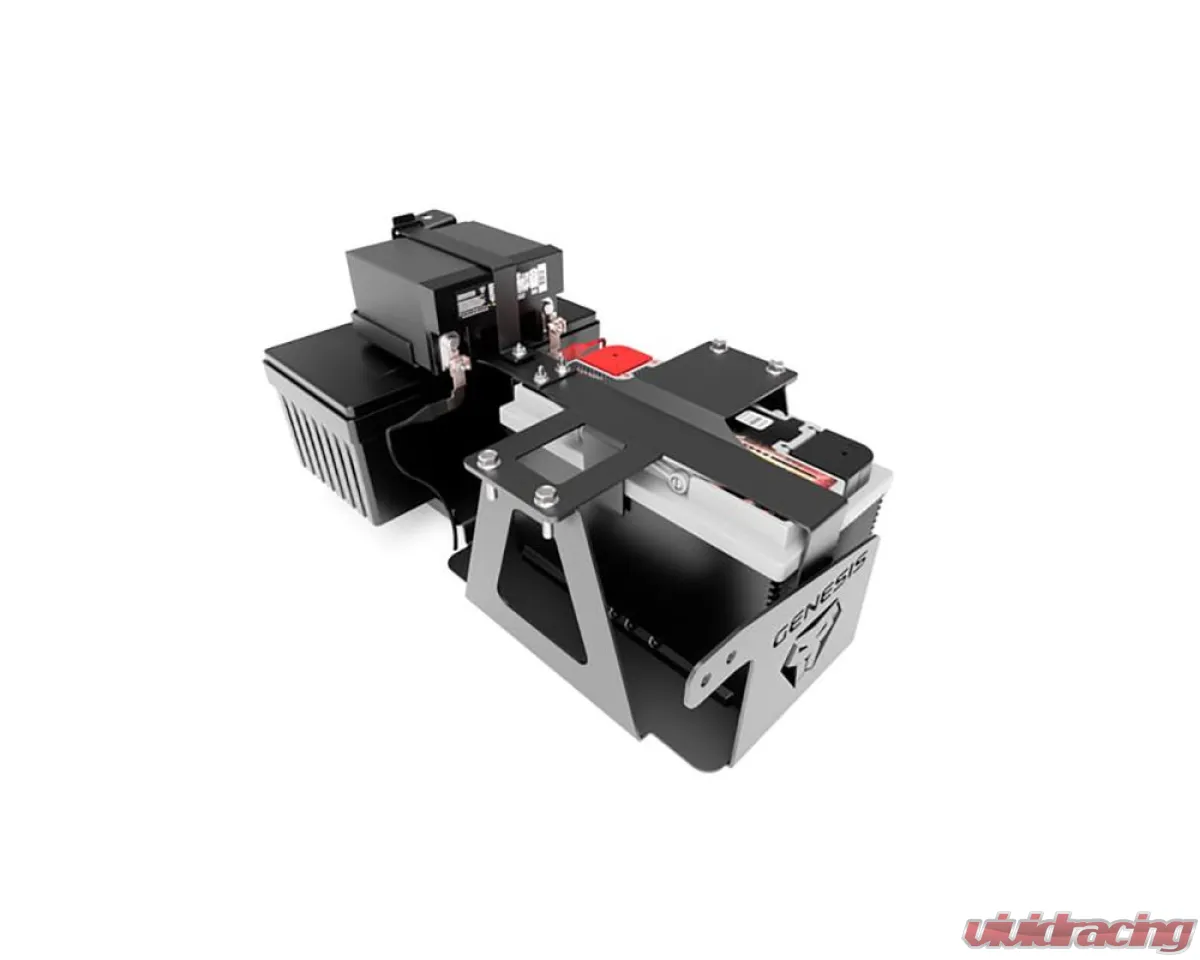When it comes to getting your best times on the track, weight distribution is everything. And, with the average car battery weighing between 30 and 50 pounds, its placement needs some consideration. Sure, most manufacturers install theirs forward of the front wheels, but is this really the best place for even weight distribution? Typically not, and a battery relocation kit can help solve it.
What is a Battery Relocation Kit and Why Use One?
A battery relocation kit is an essential upgrade for racers and performance enthusiasts. This kit comes with all of the parts required to move a battery from the engine bay to another spot within the vehicle. Typically, this is in the trunk, over or in front of the rear axle. This helps improve the car’s performance in terms of handling, braking, and acceleration by balancing the weight evenly over the chassis. It can also create more room in the engine bay for performance parts such as intercoolers or intakes.
A battery relocation kit includes bracketry, wiring, and any connection terminals required to supply the vehicle with electrical power from the battery, regardless of its position in the vehicle.
Racing Applications of a Battery Relocation Kit
One of the primary reasons for relocating a battery is to improve car balance for turning, braking, and accelerating. In racing, shifting weight toward the rear can enhance traction and stability, particularly in rear-wheel-drive vehicles. It also minimizes nose dive under hard braking, and allows the vehicle to stay planted in turns.
A relocation kit is commonly used in:
- Drag racing cars for better launch balance.
- Road racing vehicles to optimize weight distribution.
- High-performance street cars that require extra space in the engine bay for modifications.
- Off-road vehicles where weight distribution plays a role in maintaining balance during rough terrain maneuvers.
A well-installed battery relocation kit may also improve safety by reducing the risk of front-end collisions damaging the battery and causing electrical failures.

What a Battery Relocation Kit Includes
A typical battery relocation kit contains all the parts needed for a safe, secure, and efficient installation. A quality kit generally includes:
- Battery tray and hold-down hardware
- Heavy-duty power and grounding cables
- Crimping terminals and connectors
- Protective hardware like fuse blocks and insulators, if necessary
- Step-by-step instructions for correct installation
- Connectors and fasteners to ensure a secure electrical connection
When choosing a battery relocation product kit, it’s essential to check the brands available and compare their price, durability, and included items. Some high-end kits may also include additional parts such as quick-disconnect switches (also known as kill switches which are often required for many racing organizations).
How to Install a Battery Relocation Kit
Each battery relocation kit and vehicle’s installation requirements may be slightly different. Depending on whether the vehicle is front, mid, or rear-engine, and where the stock battery is located, there may be different steps to follow. However, this is the general process.
Step 1: Choose the Right Location
Select a secure and accessible spot, typically in the rear of the vehicle. Ensure the battery can be installed in a level area and securely bolted to prevent movement during driving or a collision.
Step 2: Mount the Battery Tray
Follow the kit instructions to securely bolt the battery tray in place. Use all required and included hardware to prevent shifting during aggressive driving. Double-check the number of bolts and supports to ensure the battery remains stable.
Step 3: Run the Cables
Attach the positive power cable from the battery to the alternator and starter according to the manufacturer’s directions. Ensure the cable is properly routed and protected to prevent shorts and road hazards. The ground cable should be attached to a solid metal chassis point to maintain a strong connection. Proper grounding is essential to avoid electrical resistance and correct voltage loss.
Step 4: Secure Connections and Test
Ensure all connections are tight. Apply heat shrink to protect any wires that you needed to splice or connect to protect their connection. Double-check for correct polarity before starting the vehicle.
Step 5: Final Testing and Safety Check
Once the battery relocation is complete, test the electrical system to confirm that the battery is supplying the appropriate amount of electrical power to the starter, lights, and other components. If any issues arise, inspect the connection points and ensure there is no damage to the cables.
Common Mistakes to Avoid
- Incorrect grounding: Poor grounding can cause electrical issues and inconsistent power delivery.
- Weak tray installation: Ensure the battery tray is securely bolted down to prevent movement.
- Improper cable routing: Always use proper insulation and protect the cables from heat sources.
- Skipping a voltage test: Before finalizing the installation, use a multimeter to test the electrical flow and ensure the battery is properly connected.
Find Your Battery Relocation Kit at VividRacing.com
A battery relocation kit is a simple yet effective modification that can improve weight distribution, create room for upgrades, and enhance performance. At Vivid Racing, our more than 25 years of experience in the automotive performance industry means we know exactly which kits to offer, providing only quality parts with durable hardware at competitive prices.
Find the best battery relocation kits at Vivid Racing and optimize your vehicle’s weight distribution and performance today.




